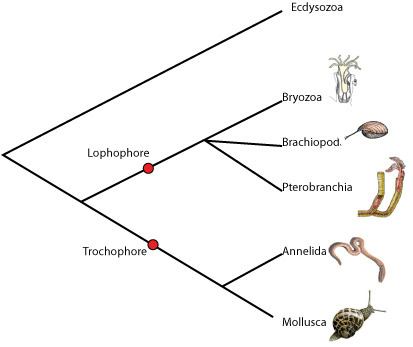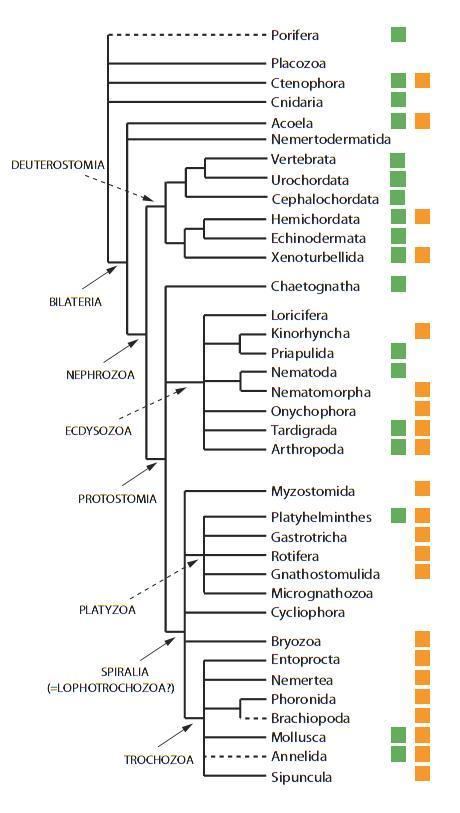Scientific name Lophotrochozoa Rank Superphylum | ||
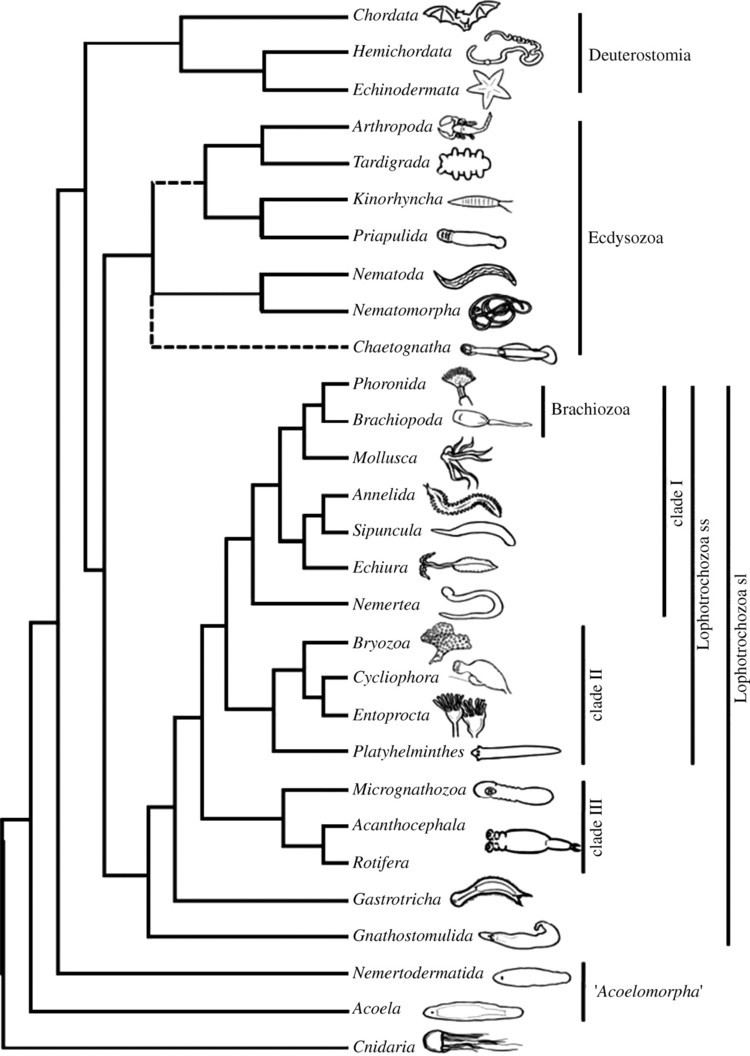 | ||
Lower classifications molluscs, Annelid, Brachiopod, Bryozoa, Ribbon worms | ||
Ud iii lophotrochozoa ii mollusca part 1
The Lophotrochozoa (/ləˌfɒTrOʊKoʊˈzoʊə/, "crest/wheel animals") are a major grouping of protostome animals. The taxon was discovered based on molecular data. Molecular evidence such as a result of studies of the evolution of small-subunit ribosomal RNA (rRNA) supports the monophyly of the phyla listed in the infobox shown at right.
Contents
- Ud iii lophotrochozoa ii mollusca part 1
- Ud iii lophotrochozoa ii mollusca part 2
- Terminology
- Groups
- References
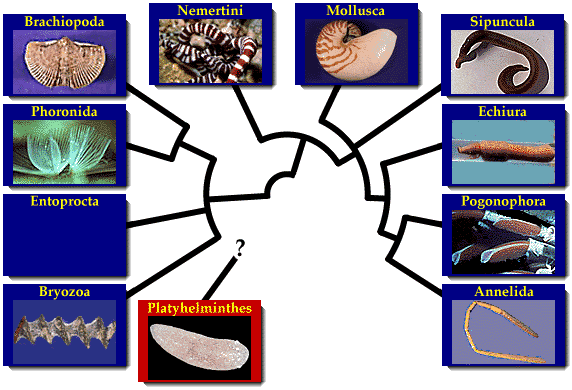
Ud iii lophotrochozoa ii mollusca part 2
Terminology

The word "lophotrochozoan" is sometimes equated with spiralian. When used in a broader sense (sensu lato), it can include rotifers and platyhelminthes. When used sensu stricto, it refers to a subgroup of Spiralia.
Groups
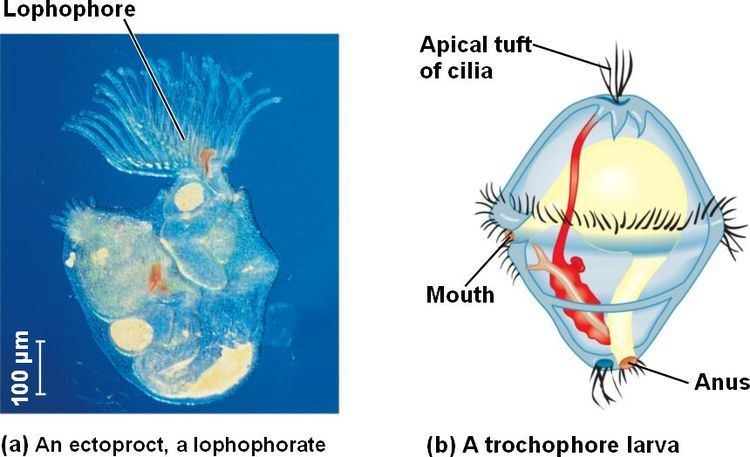
The Lophotrochozoa comprise two groups, the trochozoans and the lophophorata. The exact relationships between the different phyla are not entirely certain.

Other phyla are included on the basis of molecular data.
With the introduction of Platytrochozoa and Rouphozoa, the cladogram is as follows:
